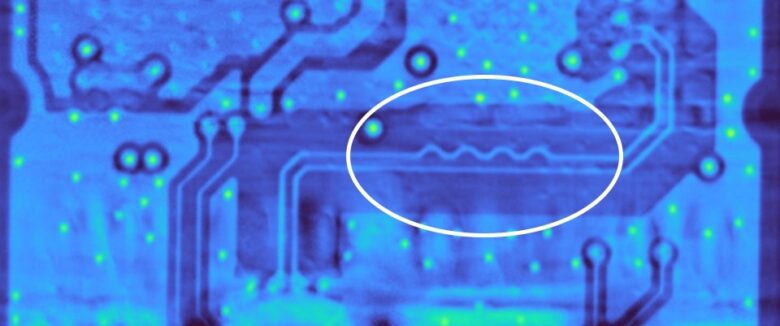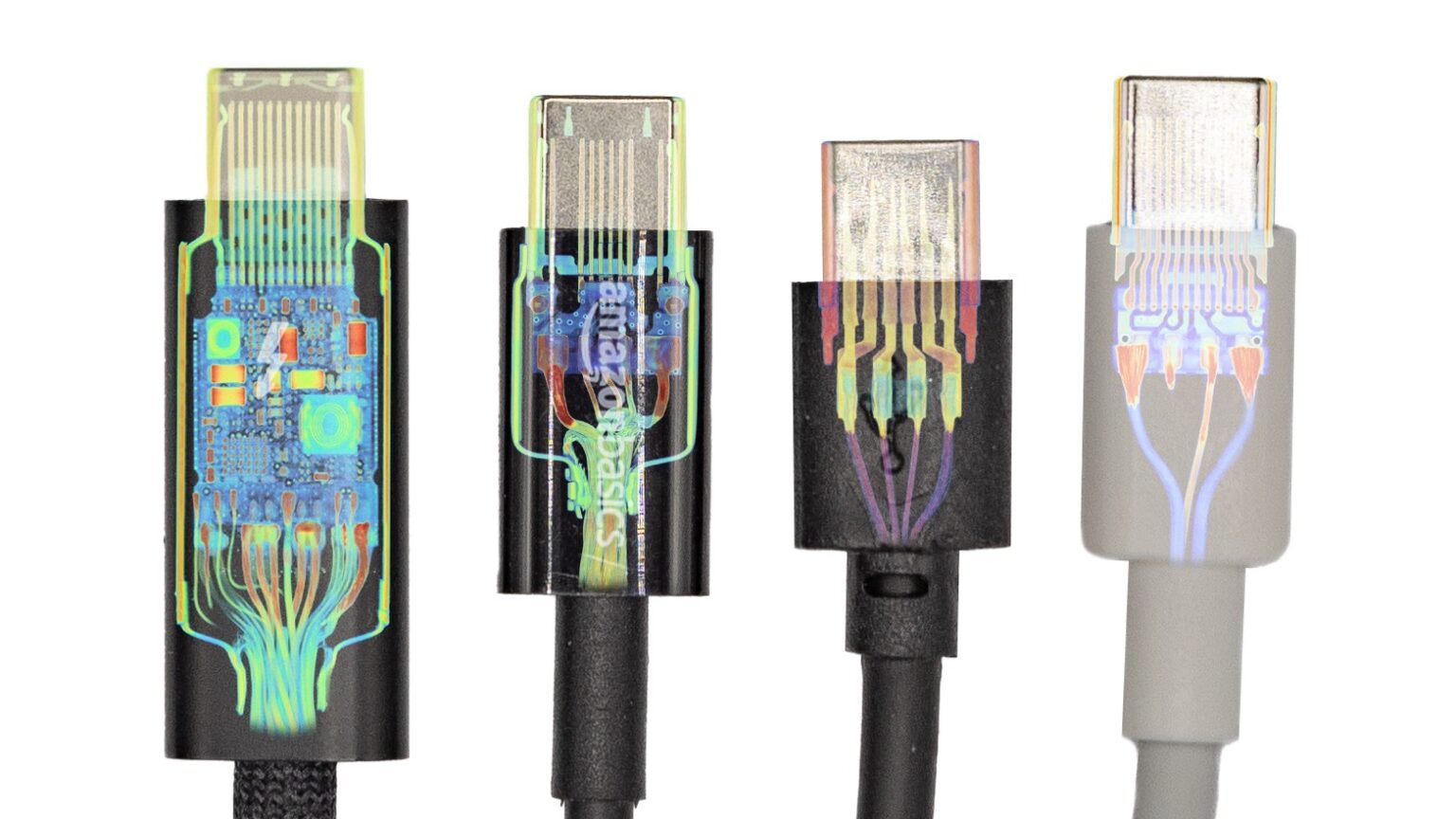Thunderbolt cables cost far more than standard USB-C ones, and a series of X-ray scans of various options reveals why. The virtual teardown shows that the Apple Thunderbolt 4 (USB‑C) Pro cable has far more features than one might expect for such a simple accessory. Cheaper ones are as bare-bones as could be expected.
The scans are both beautiful and informative.
This post contains affiliate links. Cult of Mac may earn a commission when you use our links to buy items.
X-ray scans of USB-C cables uncover the hidden engineering differences
The three-meter version of the Apple Thunderbolt 4 (USB‑C) Pro Cable raised a few eyebrows with its $159 price. And the two-meter version is $69. That’s far more than the Amazon Basics USB-C to USB-C 2.0 Fast Charger Cable, which comes in at $12.23.
Lumafield did a head-to-head comparison of these two, along with a couple of even lower-priced options from NiceTQ and Atyfuer. The company used its Neptune industrial X-ray CT scanner to show the internal differences between them.
Scans of Apple’s cable find what Lumafield calls “a stunning piece of precision engineering.” The cable includes a printed circuit board and all the wiring needed for Thunderbolt 3, Thunderbolt 4, and USB 4 data transfers at up to 40 Gb/s, along with support for slower legacy USB-C standards.

Photo: Lumafield
Scans of the Amazon cable found a less advanced arrangement that Lumafield calls, “a simpler and more cost-effective design to ensure basic functionality for charging and lower-speed data transfer.” Amazon built in a small printed circuit board to enable support for USB 2.0 and data transfer speeds up to 480 Mb/s.
The company describes the NiceTQ product as “a much more primitive cable than the first two we’ve seen.” And while the Atyfuer cable is a bit more complex, its extra wiring isn’t designed to allow faster data transfers.
You get what you pay for
Mac, iPad and the iPhone 15 series all include USB-C ports, so Apple users are likely in the market for charging and data cables that use this type of connector. And the X-ray “teardown” of various cables done by Lumafield shows that all USB-C cables aren’t created equal. Not even close. Shoppers shouldn’t expect a $5 cable to offer the same performance as pricier ones.
In addition, the scans also show that Apple’s Thunderbolt cables have the premium hardware to back up their higher prices.
Confused about the differences between Thunderbolt and standard USB cables? We have guide to explain them for you.


